I only shot a few photos from a couple of rolls with the Leica 28mm Elmarit-M ASPH, but it was enough to realise that it’s nothing short of a stunning bit of kit. As good as it is though, I didn’t keep it long. Owning it just made me realise that I should own my ideal 28mm lens – the Minolta G-Rokkor 28mm f/3.5 – instead. I shall get around to writing about the Minolta lens in more detail another day. This post – all be it a short one – is largely about the Elmarit-M, the limited but very happy time we spent together and the personal reasons it just became a stepping stone to the Minolta.
I never actually intended to buy a new 28mm. I was more than happy with my little Voigltander 28mm f/3.5 Color-skopar (another lens I will come to some other time). My problem is, I’m quite bad at not buying things once I get them in my hand, regardless of how much I do or don’t need them. The 28mm Elmarit-M ASPH came attached to the front of a Leica M8 – a Leica M8 that I had much more intention of buying. So when the deal was done I talked myself into buying the lens too!
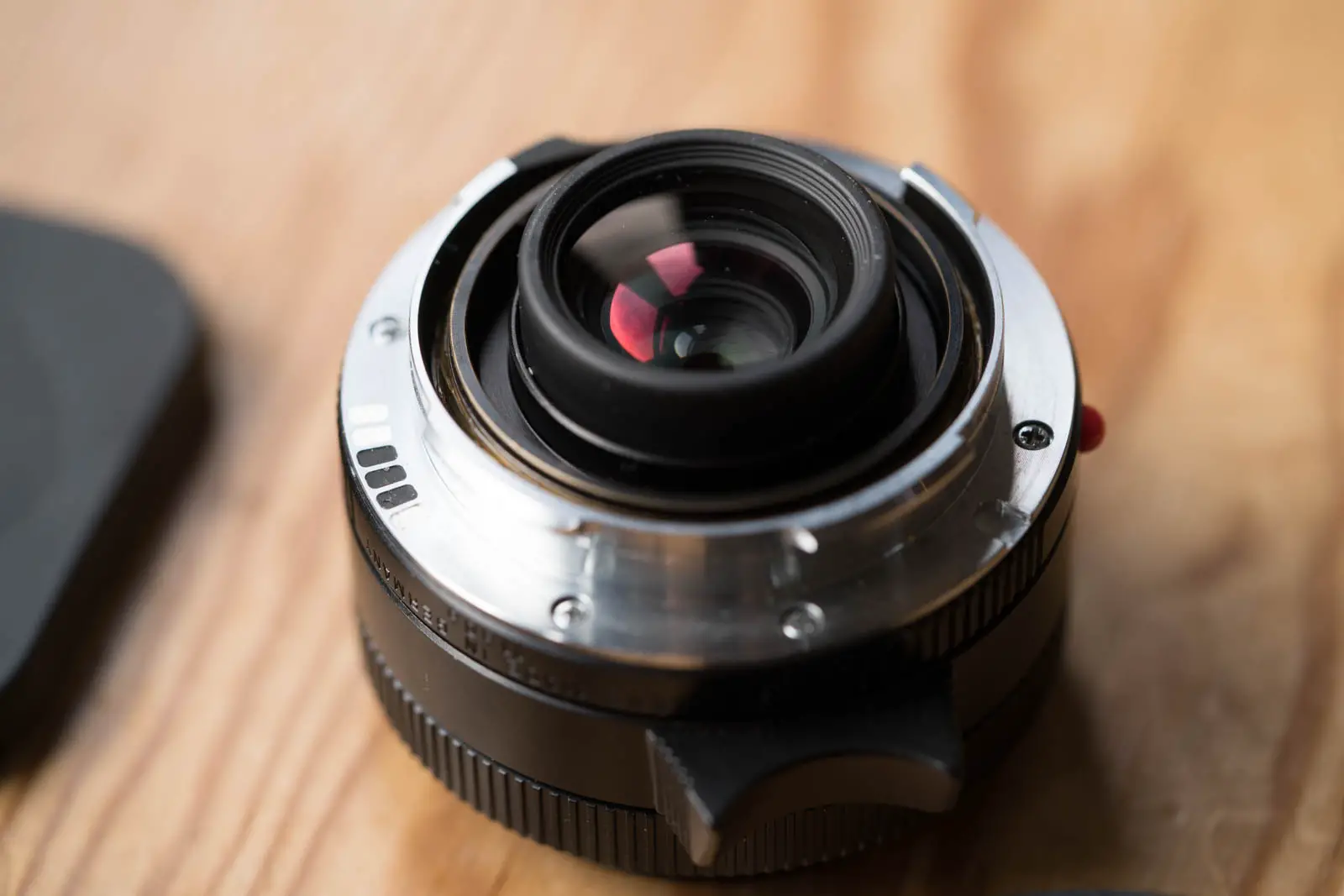
The 28mm Elmarit-M ASPH is a compact full frame 28mm f/2.8mm lens. It was released around the same time as the Leica M8. When mounted on the 1.3x crop sensor M8 gives a similar field of view to the popular rangefinder focal length of 35mm. This 28mm f/2.8 became the standard compact semi-wide angle lens for the M8 photographer.
Funnily enough, I actually don’t shoot 35mm much these days; 28, 50 and 90mm are the focal lengths that I find myself drawn to the most. But since I shoot considerably more film, for my money, it struck me that mounting the full frame 28mm Elmarit-M ASPH on my film M’s would give me a little bit of an “upgrade” over the Voigtlander lens. What I found interesting about the experience of the upgrade – more than any change in the quality of the photos – was that I really appreciated the change in the physical form of the lens in use.
The 28mm Elmarit-M in use
The 28mm Elmarit-M is one of those lenses that manages to achieve two functional advantages that quite often contradict each other. The first is that it manages to be very small; it’s actually the smallest Leica made M-mount lens to date. The Leica 40mm c-summicron was smaller, but that wasn’t made by Leica. The biggest advantage of this small size – short of the obvious portability gains – is that as a 28mm it’s not visible in the viewfinder of the camera. This is something I feel quite strongly about – for example I recently sold a long time owned Voigtlander 28mm f/1.9, largely because of its size.

Despite the 28mm Elmarit-M’s small size, its second functional advantage is that it’s very easy and comfortable to work with. It has a nice big focusing tab and aperture control meaning that with the camera to the eye, there is little no chance of fumbling. Not only do the controls come to the hand readily, but they also have a fantastic sense of quality about them. I have to say, for as much as I love my 50mm Zeiss Sonnar, the feel of it when focusing just isn’t as perfectly silky as the Leica. In my experience, the feel of Zeiss lenses focusing changes given different weather; when it’s cold it can feel stiffer, when warm it feels looser. Modern Leica lenses seem to always have a very smooth free feeling to the focusing, the 28mm Elmarit-M is no exception to this.
Optical Qualities
As for the optical qualities of this lens, I would suggest it’s possibly a little optimistic of me to think that after the minimal amount of photos I took with it, I could give any in depth analysis. That being said, it doesn’t take that long with a lens like this to see how good it is.
Of course, if you browse through the lenses I have reviewed on this site you might see a trend. Largely speaking they are all lenses that have some sort of novel character trait, or at very least have some sort of reason for my review beyond the optical properties. Simply put, this is because I don’t find it all that interesting writing abut lenses like the 28mm Elmarit-M ASPH. It’s just too good.
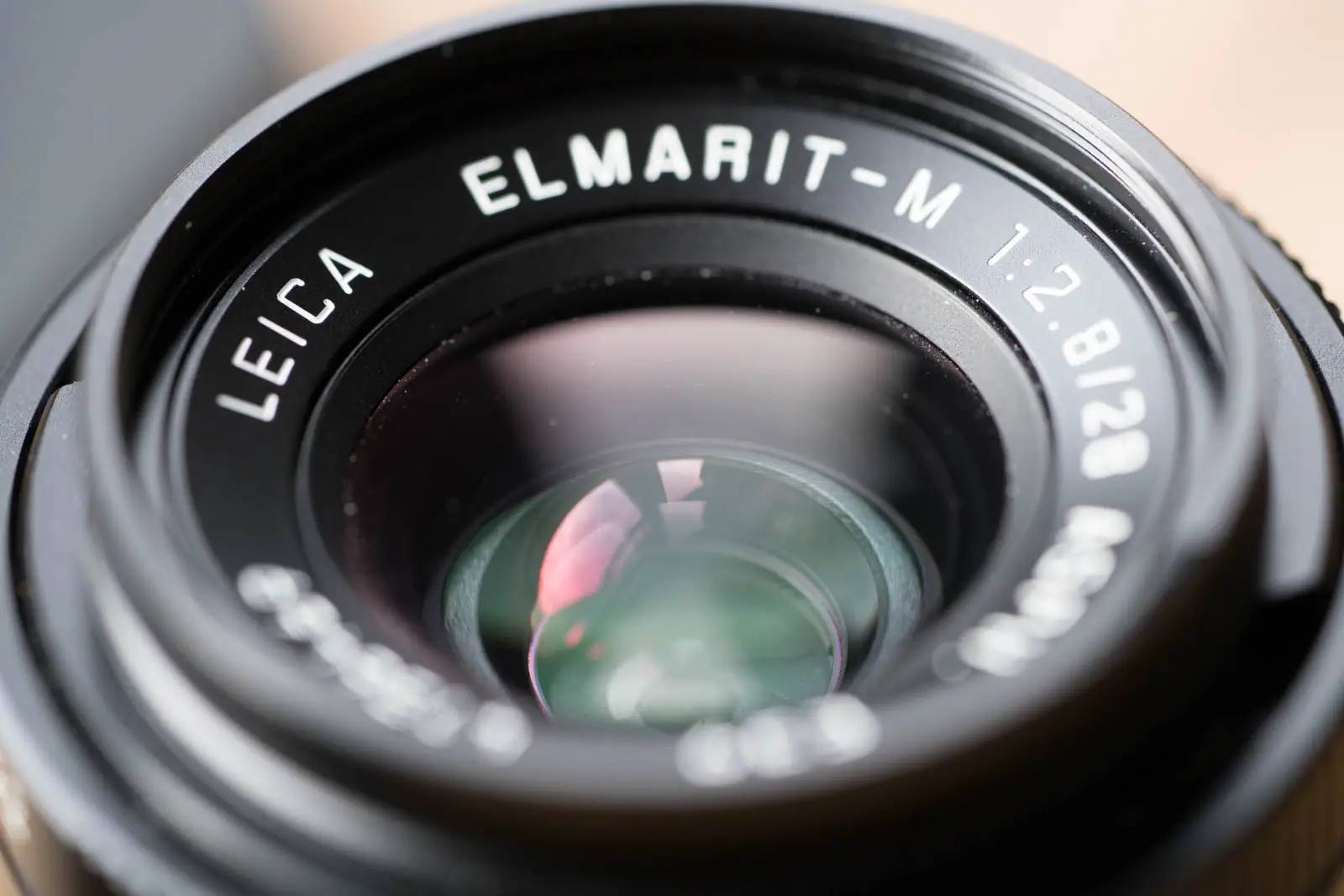
A modern optic
This lens sits firmly in the camp of “modern optic”. In fact it sits firmly in the camp of “very good modern optic”! Its contrasty. It’s sharp. It’s always sharp in fact. Wide open its sharp, stopped down its sharp, in the middle of the frame its sharp, in the corners it’s still sharp enough for me to not be able to see any level of fall off in any of my photos, even when wide open.
It’s also well corrected for distortions, bokeh is fairly smooth, it doesn’t flare, there’s no ghosting. It vignettes a tiny bit when wide open, but you’d barely notice.
I’m sure if I shot it digital and spent hours testing it I could find some sort of flaw. But I didn’t, and I wouldn’t do that anyway. As such, I don’t feel like I have much to talk about. This is why I don’t review lenses like this, I just don’t see the point. What is there to say, if there’s no objective flaws to discuss the subjective merits or shortcoming of?
Conclusions about the 28mm Elmarit-M ASPH
In short, if your looking for a stunning quality 28mm lens for your Leica, your happy with a f/2.8 lens, you want something that doesn’t get in the way of the viewfinder and is really easy and comfortable to use, I really can’t recommend the 28mm Elmarit-M ASPH enough!
So why didn’t I keep it?
Obviously I was very pleased and impressed with the photos I got out of it… Importantly though I wasn’t really any more pleased with the results than I was with those from the Voigtlander. In fact if held side by side I’m not sure I could actually tell the difference between the results from these two lenses. Both lenses are without doubt optically superb, and in many ways quite similar – which is pretty impressive when you realise the Voigtlander can be had for a fraction of the price! This is a favourite from the Voigtlander:
So I sold it to just keep the Voigtlander instead? Well no, as I’ve said already I bought the Minolta lens. The problem was, the 28mm Elmarit-M ASPH revealed a different type of shortcoming in the Voightlander. With the Voigltander 28mm f/3.5 I still had the same advantage of size, unfortunately I didn’t have the advantage of function. As nice as the Voigtlander is to use, when you use it next to a 28mm Elmarit-M it feels fiddly. But – and this is the real source of the issues – the Voigtlander is Leica thread mount, the Elmarit-M is M-mount… and my favourite way to shoot 28mm is in combination with my little Leica iiia.
The outcome of all of this is that I’d gone from being happy with the Voigltander lens, to slightly less than satisfied with either Voigtlander or Leica lens. And to achieve this slight lack of satisfaction I had to sell my Leica M7! This wasn’t a decision I regretted, but I had always promised myself that if I sold the M7 – a camera that was once my prize possession – it would have to be to buy something really special. The 28mm Elmarit-M is a really special lens, it just didn’t work for me in the way I needed it to.
The answer to this problem was simple, and quite obvious in hindsight. I needed a lens that combined awesome optical qualities, tiny size, a good focusing tab and ability to mount on either M-mount or Leica thread mount. Since I’d recently gone down the road of having a lens made for me, my brain first went to a lens conversion. But of course the best 28mm lens ever put into a compact camera – at least in my opinion – is the 28mm lens in the Minolta TC-1, a lens that already exists in Leica thread mount, is tiny and has a good sized focusing tab. All of a sudden, the Minolta 28mm G-Rokkor seemed like a no brainer.
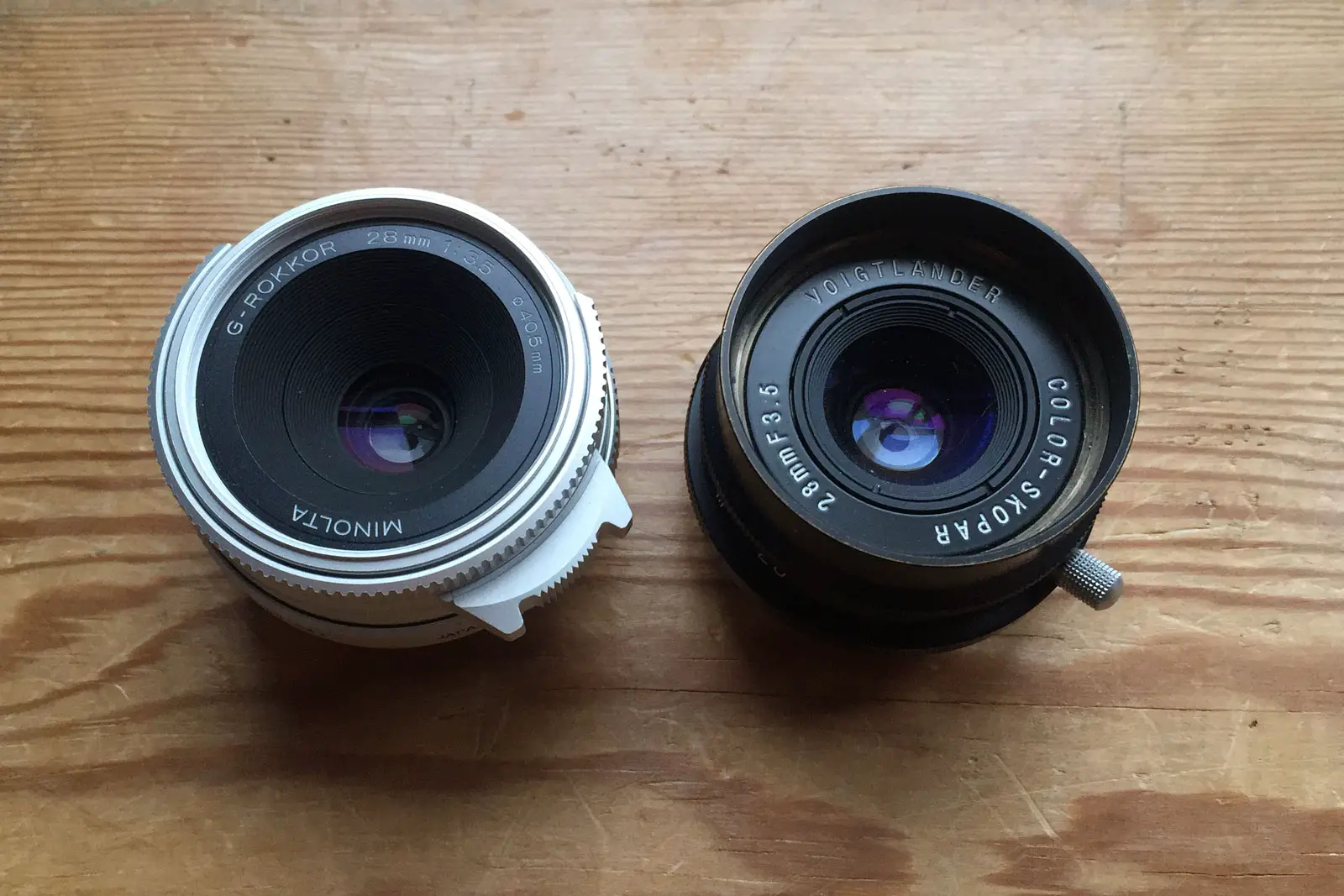
So what’s my point?
For many, the Leica 28mm Elmarit-M ASPH will be the last lens they ever need in the 28mm focal length. It is without any shadow of a doubt one of the best lenses I’ve ever shot with – both optically and functionally. Yet it just wasn’t the complete package for me.
I suspect, somewhat depending on the sort of photographer – and possibly the sort of person you are – you are going to take one of two things from this post. Either that I am a crazy person who can find all sorts reasons to justify buying and selling gear, or that I have a point (that I continue to labour) about the right gear for the individual being down all sorts of subtle and unique combinations of preferences.
In reality, it’s probably a bit of both of those things. I write a blog about gear, it’s fairly safe to assume that I’m going to buy and sell a lot of it. But I’m still a photographer, and as such I need my gear to be right for me. Do I think the Minolta is going to help me be a better photographer? Probably not… Though having loved the results from my TC-1 (which has the same lens), and it ticking all the other requirements for me, I am hoping I have finally found the right 28mm for me. Actually… I’m really hoping I have… Else I have a horrible feeling I could end up feeling pretty bloody stupid for selling the Leica 28mm Elmarit-M ASPH…
Sign up to my emails below and keep an eye out for the Minolta review… It can only go one of two ways… … Place your bets now! 😉
More reading
A few more shots from me
A review from Yip Van Kuijk
Share this post:
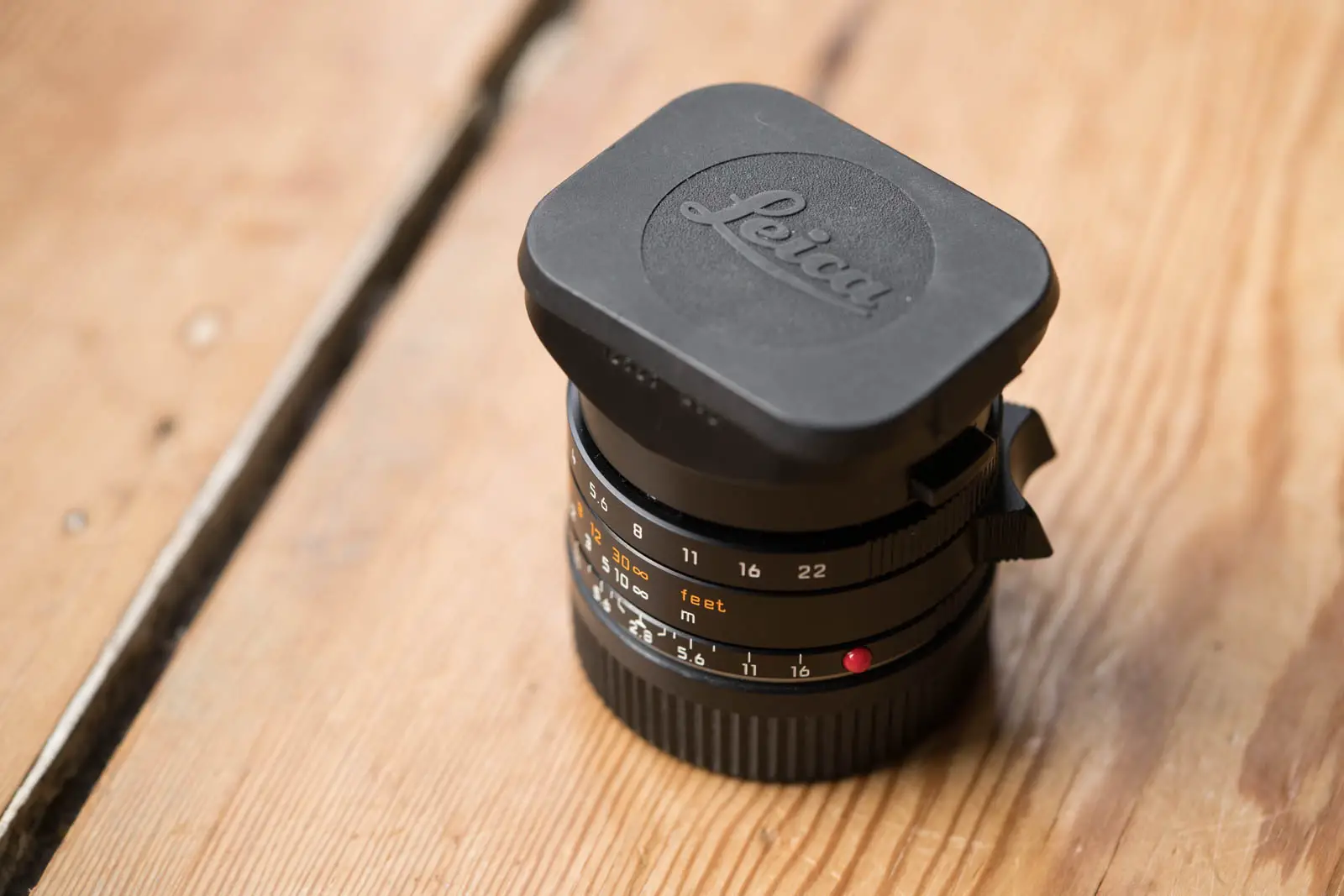
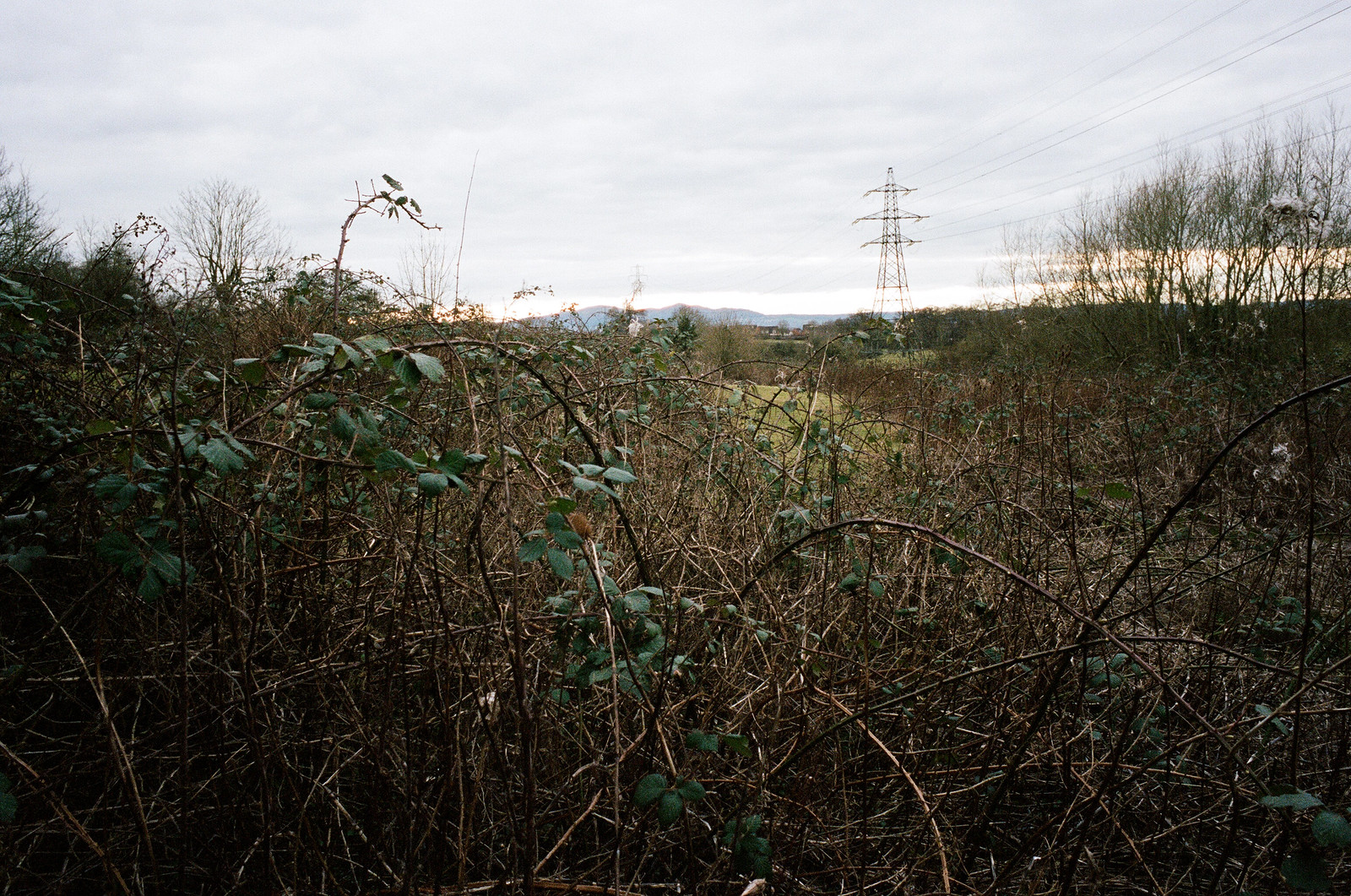
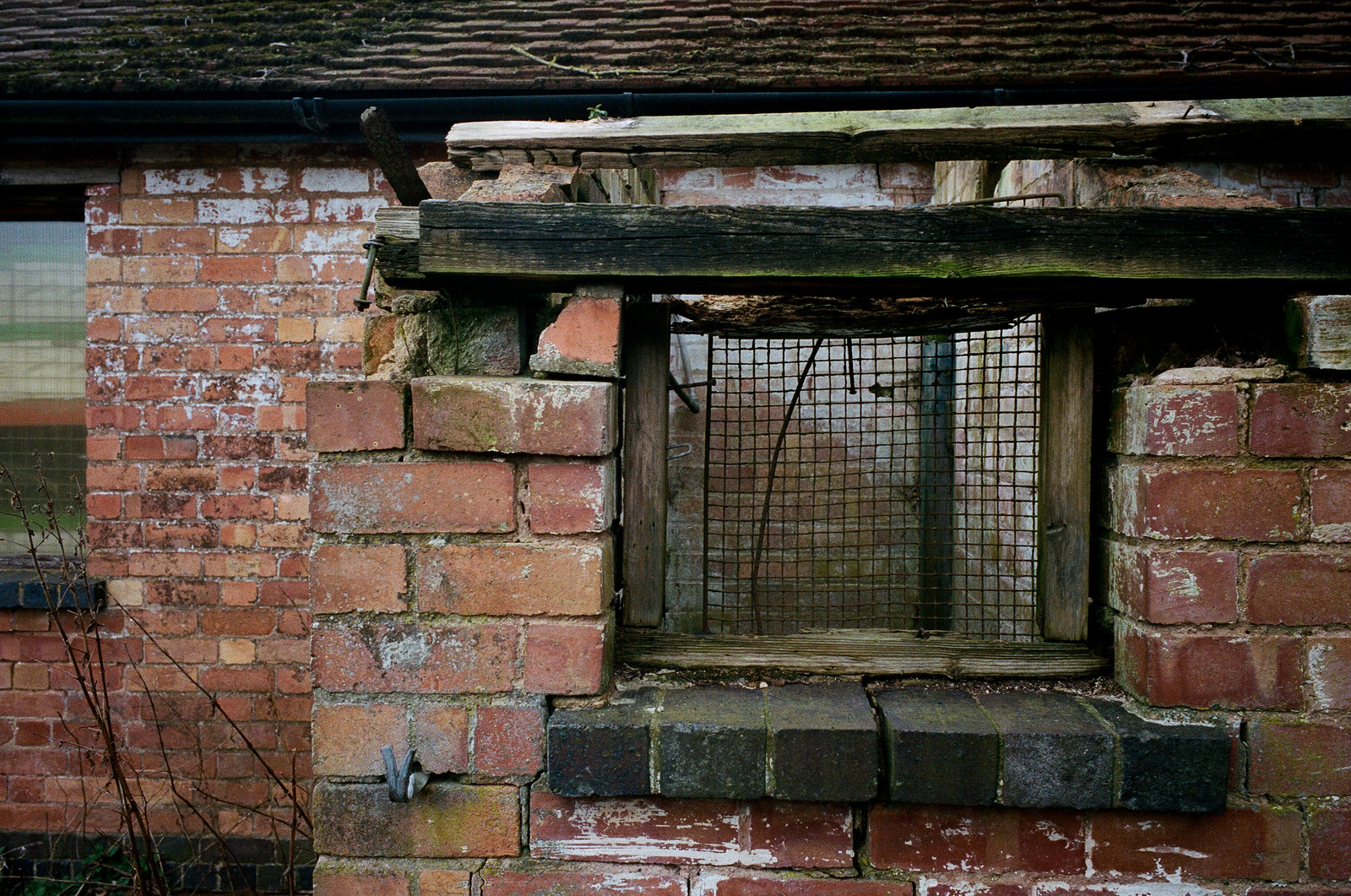
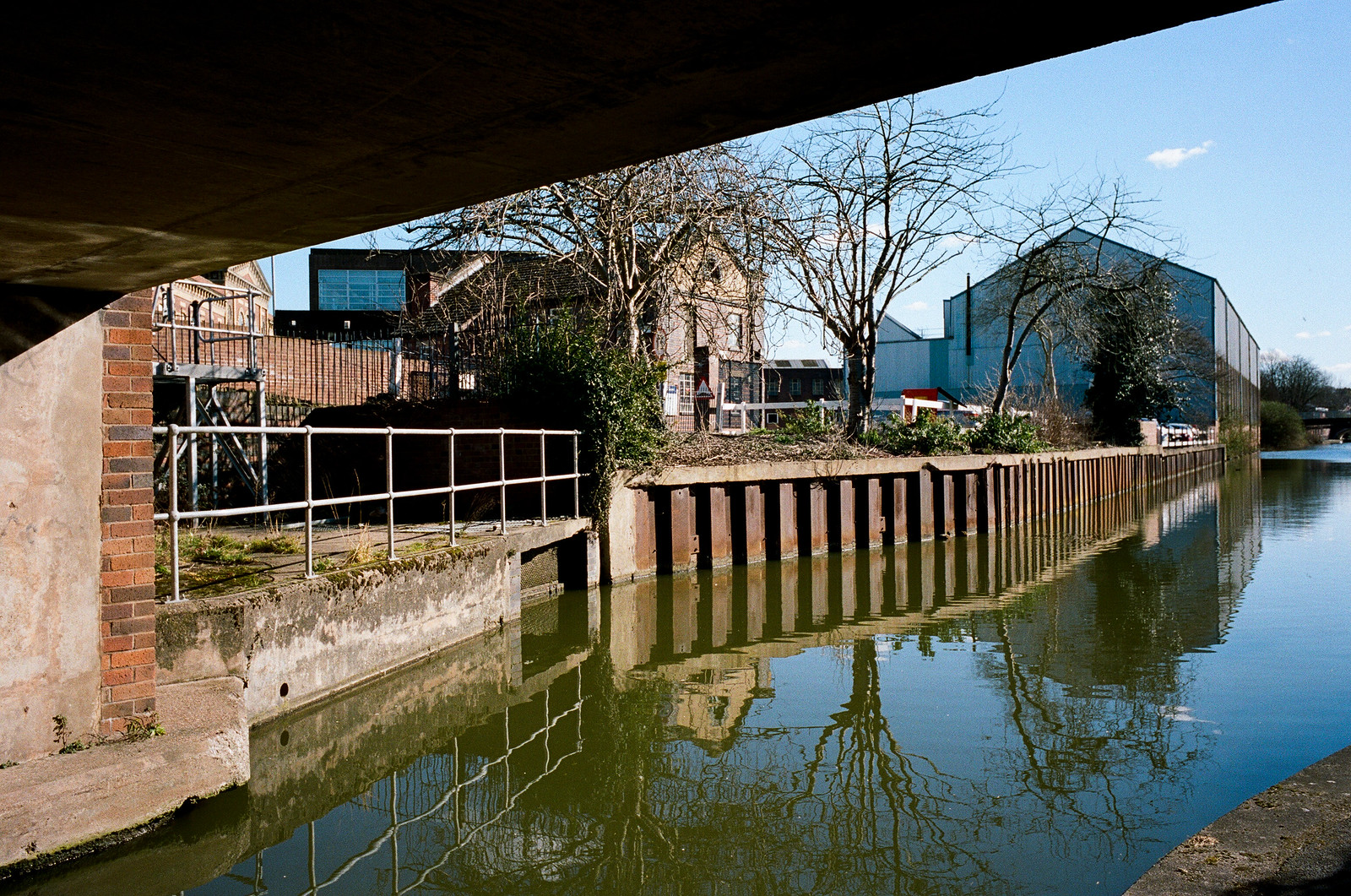
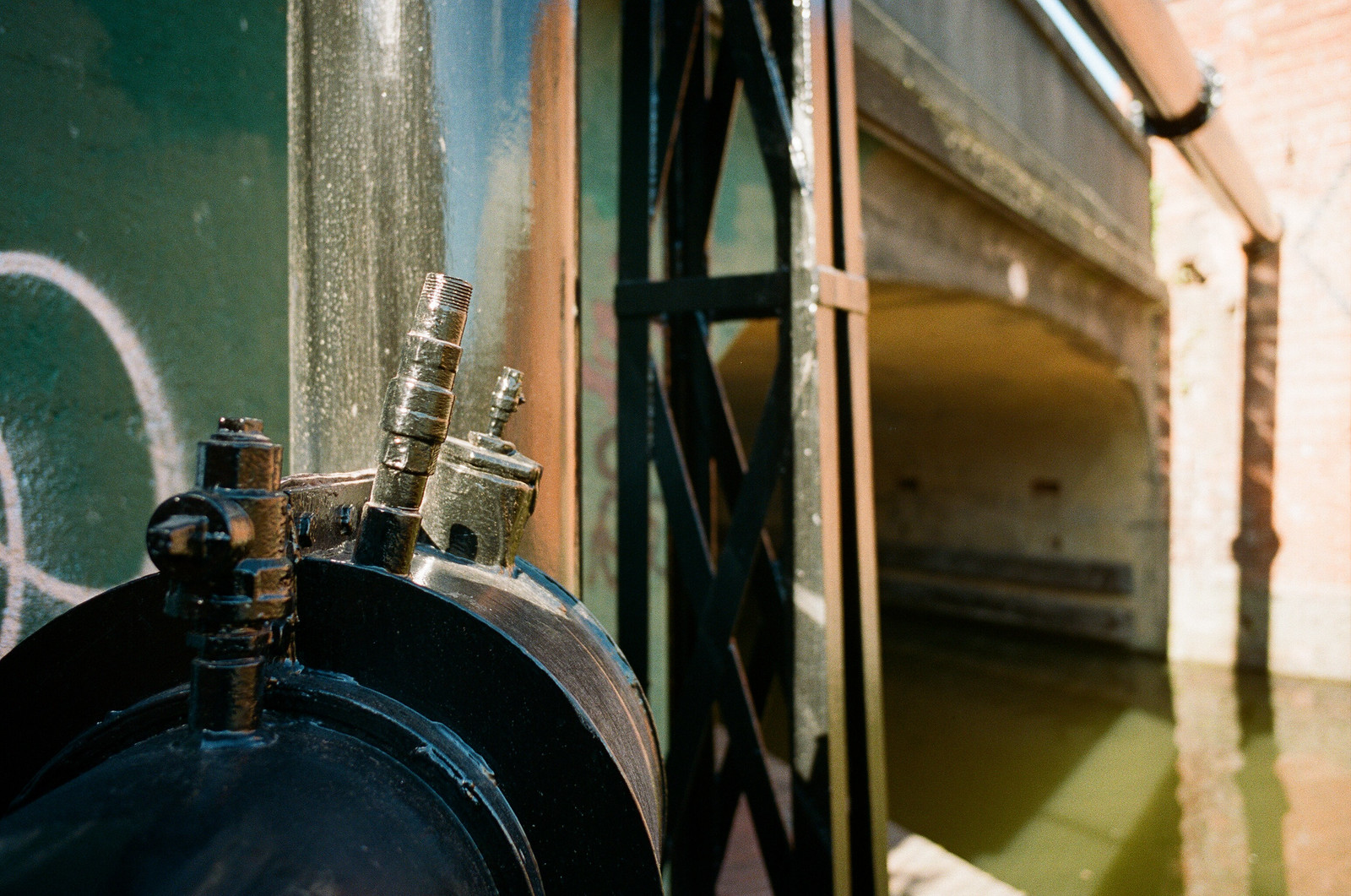
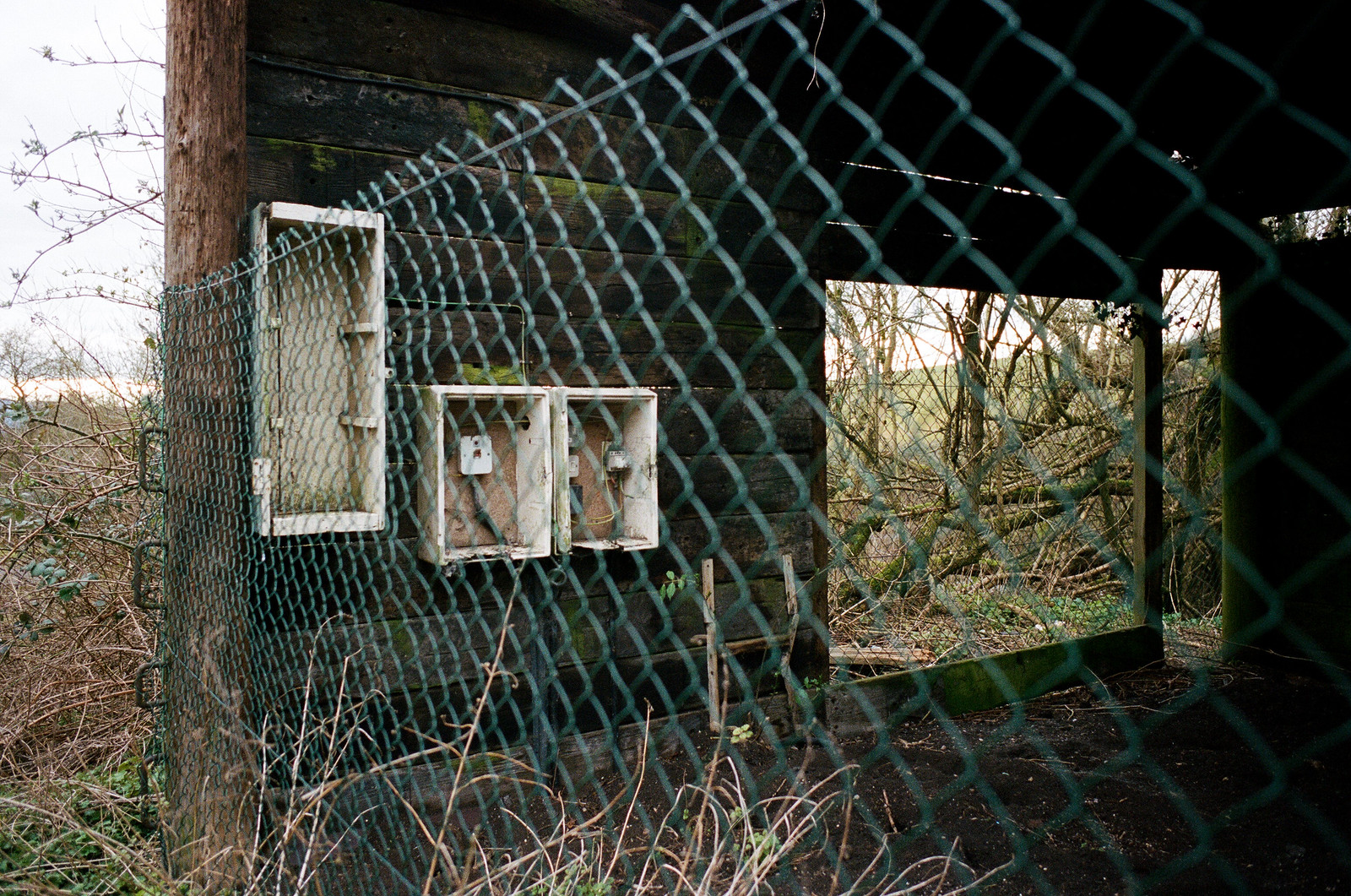
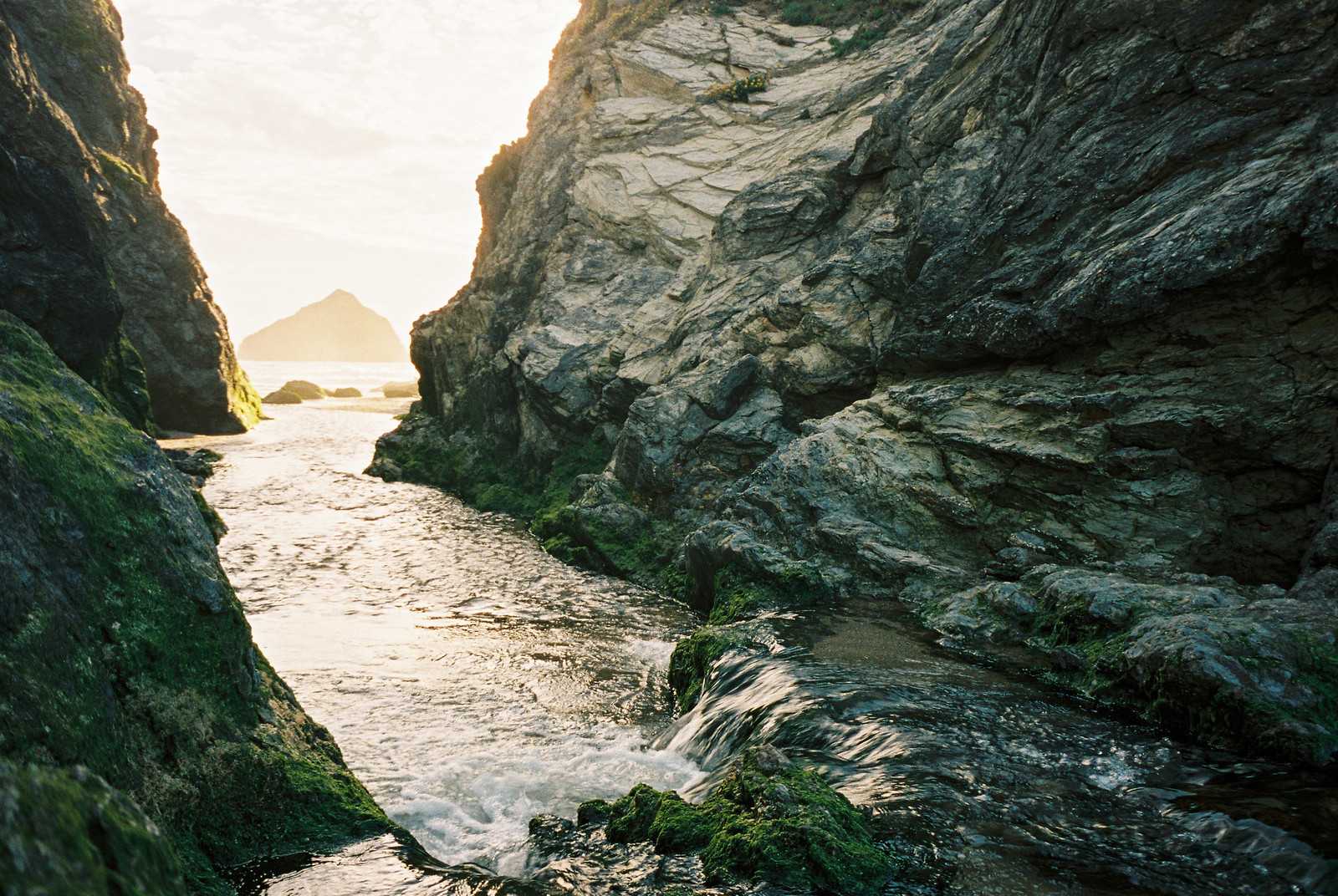








Comments
rollbahn on Leica 28mm 2.8 Elmarit-M ASPH Review – one of the best lenses I’ve ever… sold…
Comment posted: 22/05/2016
BTW was that the 28 Rokkor that JCH was selling recently?
Comment posted: 22/05/2016
Comment posted: 22/05/2016
Comment posted: 22/05/2016
Comment posted: 22/05/2016
Comment posted: 22/05/2016
Jimmy on Leica 28mm 2.8 Elmarit-M ASPH Review – one of the best lenses I’ve ever… sold…
Comment posted: 23/05/2016
Comment posted: 23/05/2016
Steve on Leica 28mm 2.8 Elmarit-M ASPH Review – one of the best lenses I’ve ever… sold…
Comment posted: 23/05/2016
Comment posted: 23/05/2016
Gary on Leica 28mm 2.8 Elmarit-M ASPH Review – one of the best lenses I’ve ever… sold…
Comment posted: 23/05/2016
Still, size and ergonomics on the rokkor are superb, although at the expense of a slower aperture. As well, I am uncertain about the quality of the LTM-M adapter and its effects on picture quality when using the rokkor on my M9 - I've been shooting with the 28 cron ASPH mostly on the M9 along with the 50 cron.
I like the rokkor best on my CLE- overall a better experience than my TC-1 (sometimes it can be too small and too noisy)
Comment posted: 23/05/2016
Mark on Leica 28mm 2.8 Elmarit-M ASPH Review – one of the best lenses I’ve ever… sold…
Comment posted: 23/05/2016
Comment posted: 23/05/2016
KJ Vogelius on Leica 28mm 2.8 Elmarit-M ASPH Review – one of the best lenses I’ve ever… sold…
Comment posted: 24/05/2016
I've always wanted to try this 28, looks like a lovely lens. Can't talk myself into getting it when I have the 28 Summicron though, and I wouldn't want to trade that lens since it's my all time favorite.
An aside – are you sure about Leica not making the Summicron 40? I think Minolta produced the CL in Portugal and the Minolta branded lenses in Japan, but the Leica branded ones I believe were made by Leica and are engraved as made in Germany?
Comment posted: 24/05/2016
Des McSweeney on Leica 28mm 2.8 Elmarit-M ASPH Review – one of the best lenses I’ve ever… sold…
Comment posted: 12/01/2018
Comment posted: 12/01/2018
The Voigtlander 28mm f/2 Ultron - Speedy Value - By Hern Tan - 35mmc on Leica 28mm 2.8 Elmarit-M ASPH Review – one of the best lenses I’ve ever… sold…
Comment posted: 19/11/2018
Des McSweeney on Leica 28mm 2.8 Elmarit-M ASPH Review – one of the best lenses I’ve ever… sold…
Comment posted: 22/11/2019